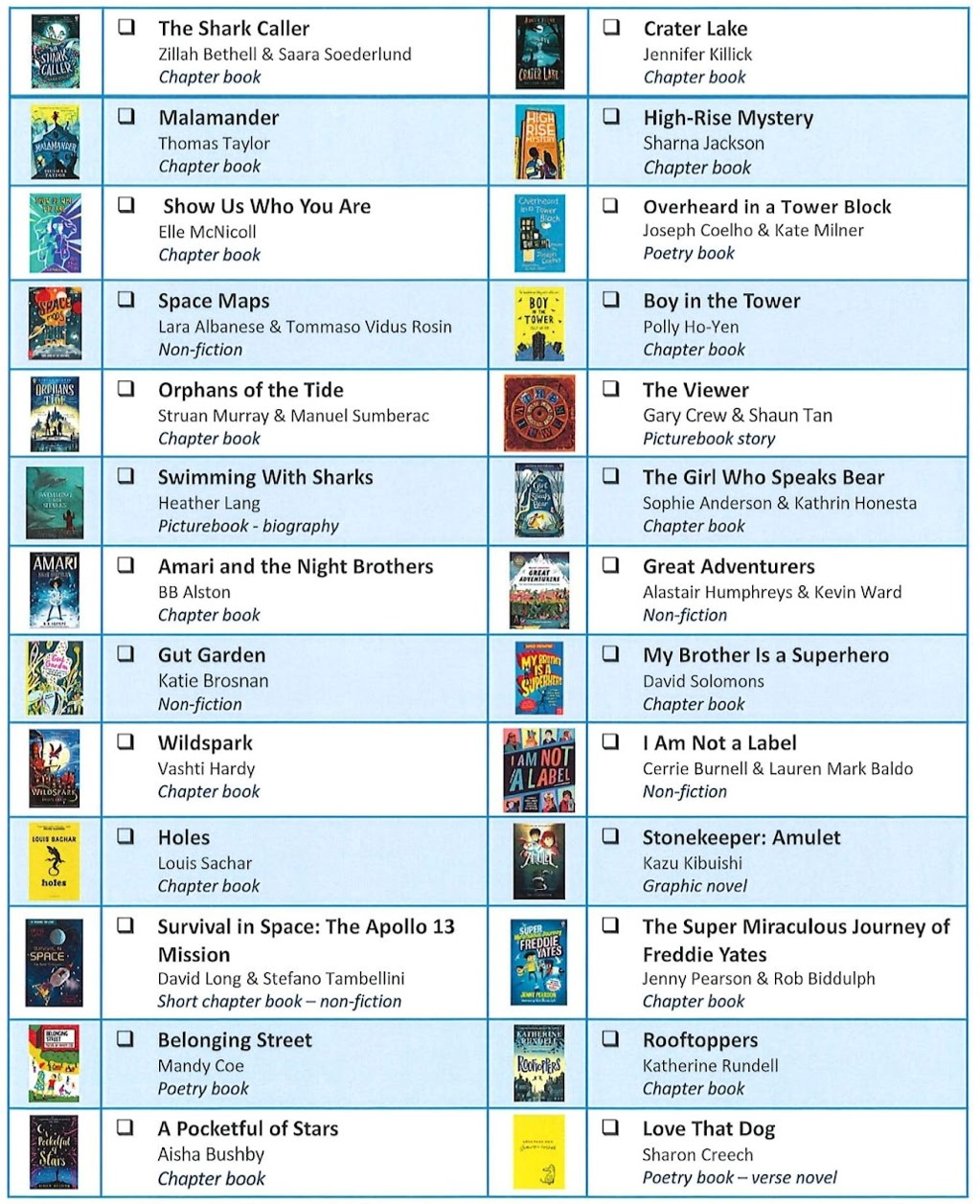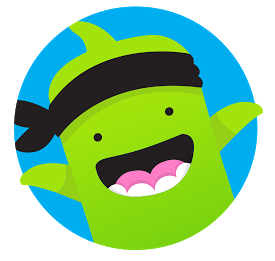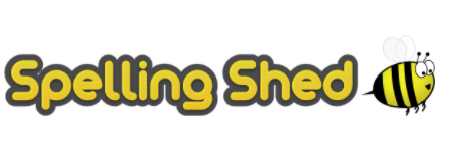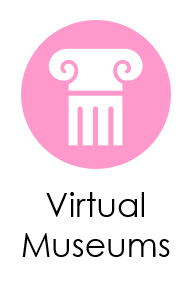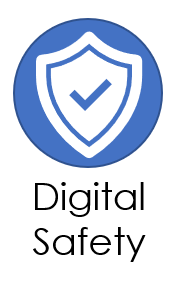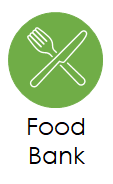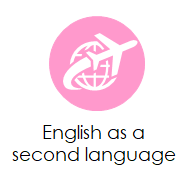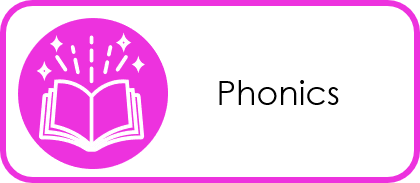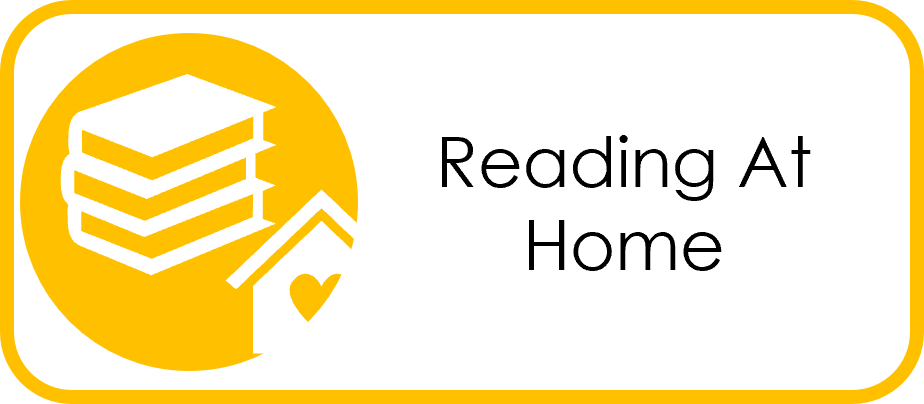Year 6 (Pre-secondary)
Our year 6 classes are called "pre-secondary". We are working closely with local secondary schools to prepare our children for their transition to them in September.
How do I contact my child's teacher?
Teachers use Class Dojo to communicate with parents and share children's work. Class Dojo is the quickest and most convenient way to get a message to your child's teacher. Click on the relevant icon to download the app to your phone.
Alternatively, please contact the school office to leave a message.
What home learning does my child have this half-term?
Activities may be added to Google Classroom.
Children have access to Time Table Rock Stars.
Additional spelling tasks are set using the Spelling Shed App/Website.
Printable Home Learning Packs are available via the Remote Learning section of our website. Here you will also find a whole range of resources to support your child's education at home.
Can you recommend any books for my child to read in Year 6?
At the very centre of inspiring reading for pleasure in Year 6 is the element of choice. Readers who are motivated to choose to read are often the ones who are best able to exercise agency over where, when, what and how, knowing that they can read at their own pace in their own way. Key to this is providing a wide range of appealing and age-appropriate texts for readers to explore. Being exposed to different styles, formats and genres helps children to define themselves as readers, to have a range of alternatives to choose next if something they read is not for them and to make choices about the books that will give them the reading buzz. This process is crucial for children to develop the intrinsic motivation to read and to lay the foundations of a lifelong love of reading.
At the ages of 10 and 11, most children are able to read chapter books and to think critically about what they read. They begin to enjoy multi-layered stories that present different characters’ viewpoints about key issues, and to think deeply about books that explore relevant social issues. Also popular with this age group are graphic novels, funny books and illustrated non-fiction that delves deeply into a particular topic of interest. Story time with adults continues to be important and enjoyed at this age – despite the high level of independence at the ages of 10 and 11, nothing can replicate the magic of a shared reading experience.
